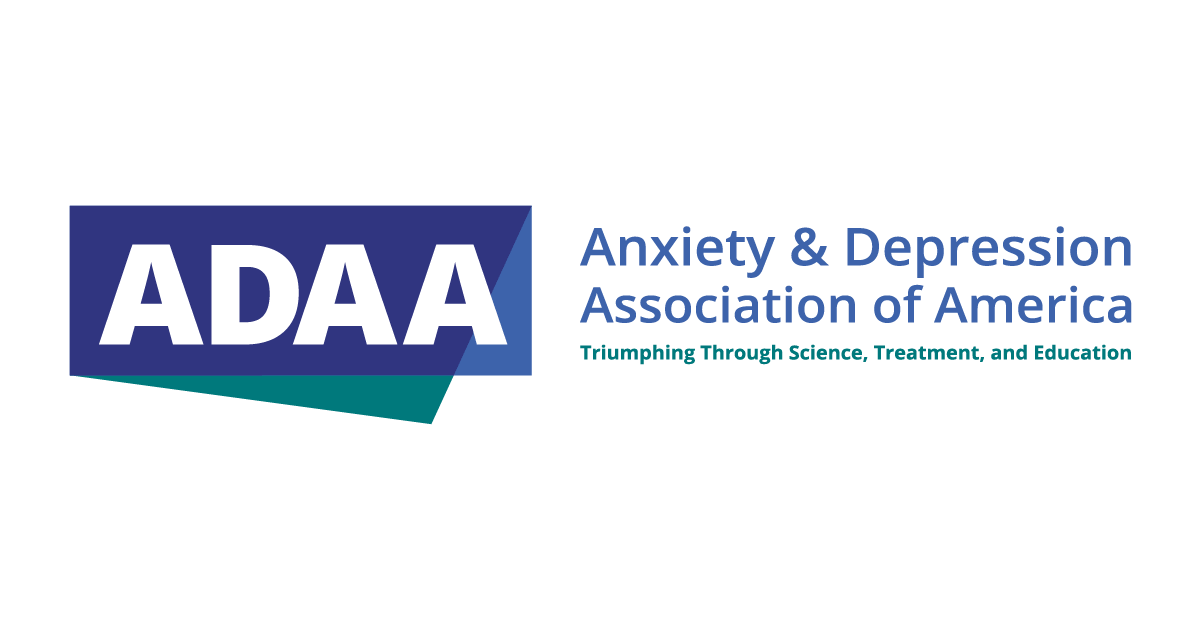South Bay OCD Group
Mutual help group open to individuals with OCD and family members and friends.

Mutual help group open to individuals with OCD and family members and friends.
College-aged adults (age 18–25) have more accepting views of mental health care than other adults, but they still see challenges when it comes to accessing care, according to results of a nationwide poll. The survey was conducted online among more than 2,000 adults, including 198 age 18–25, by Harris Poll on behalf of Anxiety and Depression Association of America (ADAA) and two partnering organizations.
Mutual help group open to individuals with OCD, anxiety, and/or depression; and family members and friends.
The group meets on Zoom every Saturday from 3-5 pm PST.
To join, contact: [email protected]
For diagnostic criteria and codes, visit the Anxiety Disorders page of the DSM-5;requires subscription and login.
A nonprofit lounge primarily focused on you or your loved ones or anyone dealing with or having dealt with obsessive-compulsive disorder (OCD). A group with arms wide open to those even stalled by fears and anxiety in general and looking to hop over onto their field of dreams. We also welcome anyone with a spark of desire to help, but with some experience in the anxiety arena.
Help us spread the word about the benefits of treatment for anxiety and mood disorders, OCD, and PTSD — for children and teens, women, men, and all those suffering from related illnesses.
Please tweet, post on Facebook, or add the links to your own website — whatever works to get the word out that you are not alone and help is here!
A residential treatment center (RTC), sometimes called a rehab, is a live-in health care facility providing therapy for substance abuse, mental illness, or other behavioral problems. Please note that there are very few in-patient residential treatment centers that focus on anxiety and depression. Most centers focus on substance abuse.

During the week of April 14-20, 2013, college students on more than 200 campuses in the United States and Canada are participating in the 8th annual National Stress Øut Day—a nationwide effort to provide pr
People often jokingly point to odd habits or tidiness as signs of obsessive-compulsive disorder, or OCD. But the truth is OCD is a very real disorder that affects more than 2 million Americans, and there is a big difference between maintaining a morning routine or keeping a clean home and living with the disorder.
If you are in crisis please dial 988 for the Suicide & Crisis Lifeline. Please note that ADAA is not a direct service organization. ADAA does not provide psychiatric, psychological, or medical advice, diagnosis, or treatment.
Founded in 1979, ADAA is an international nonprofit organization dedicated to the prevention, treatment, and cure of anxiety, depression, OCD, PTSD, and co-occurring disorders through aligning research, practice and education.